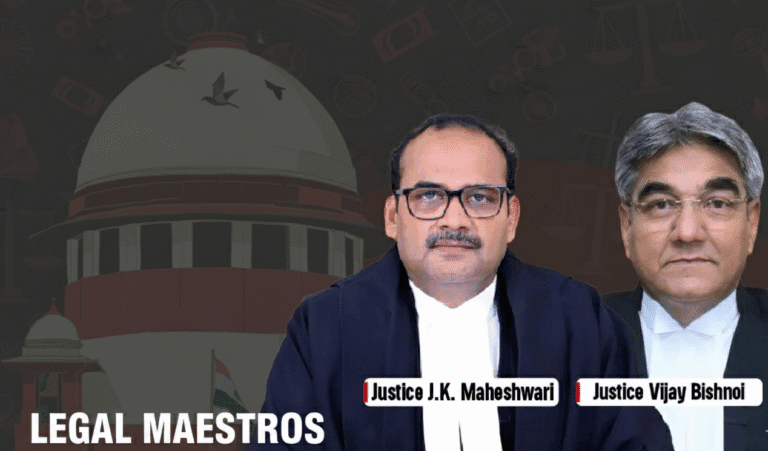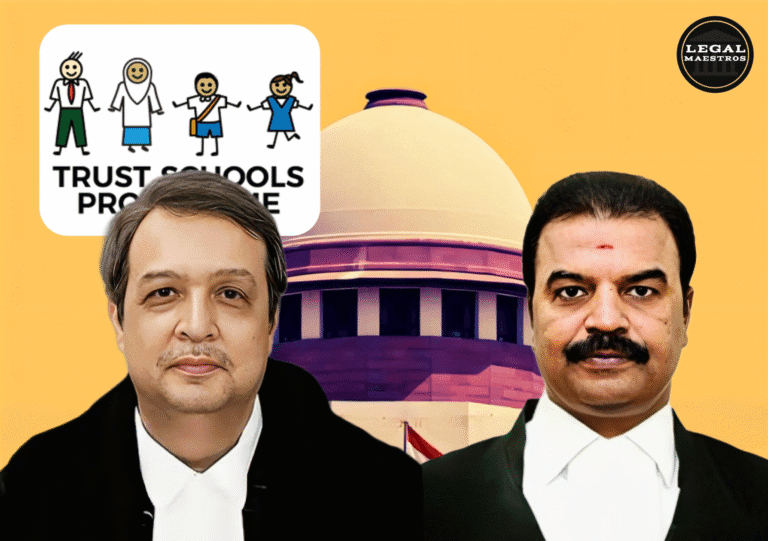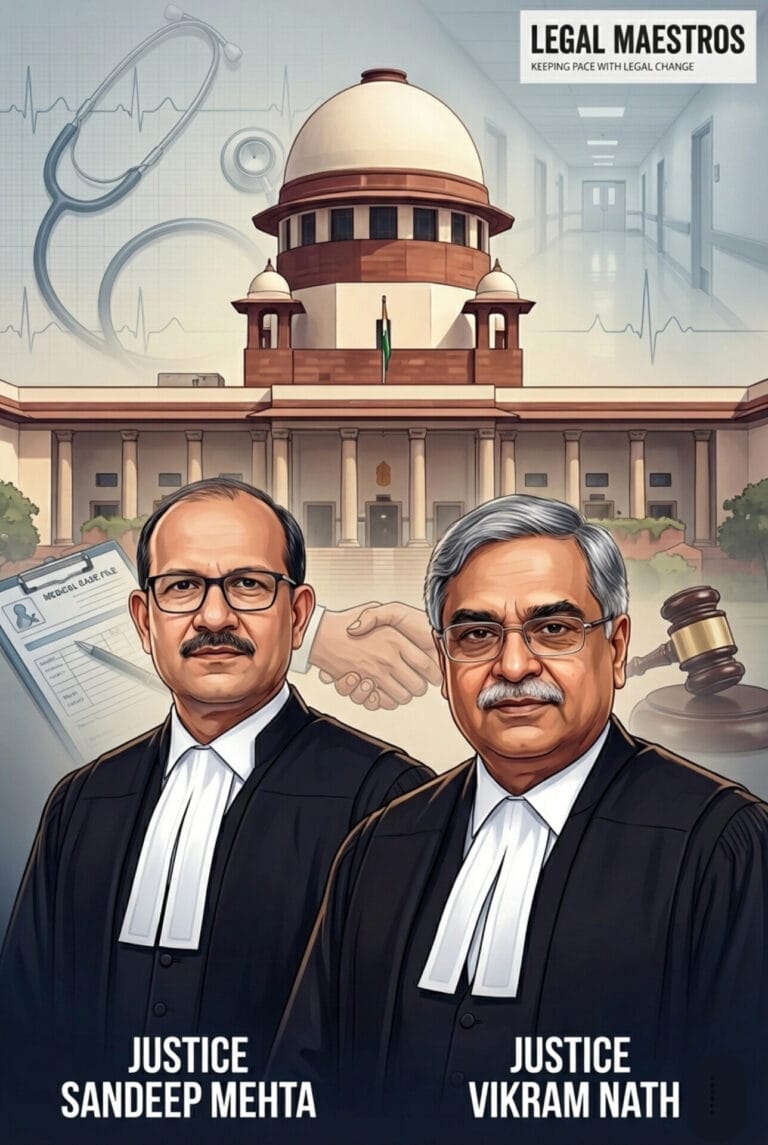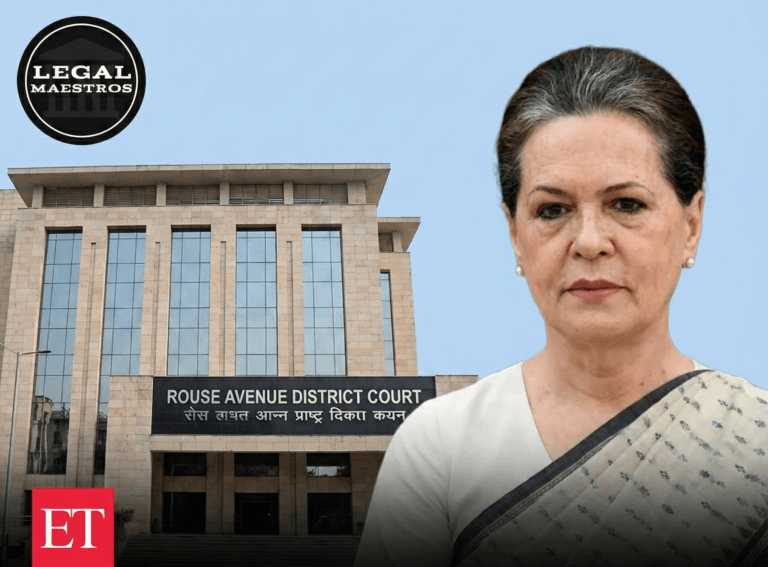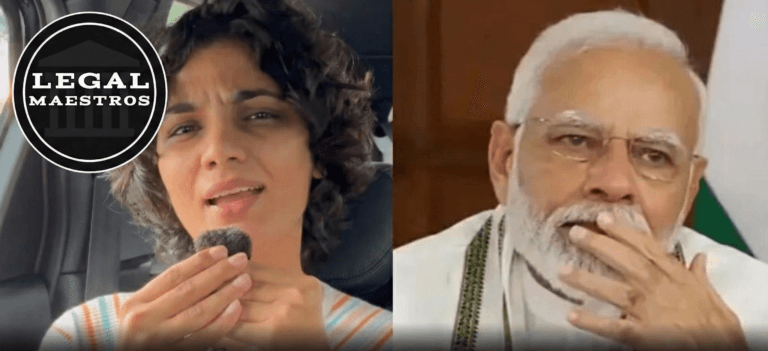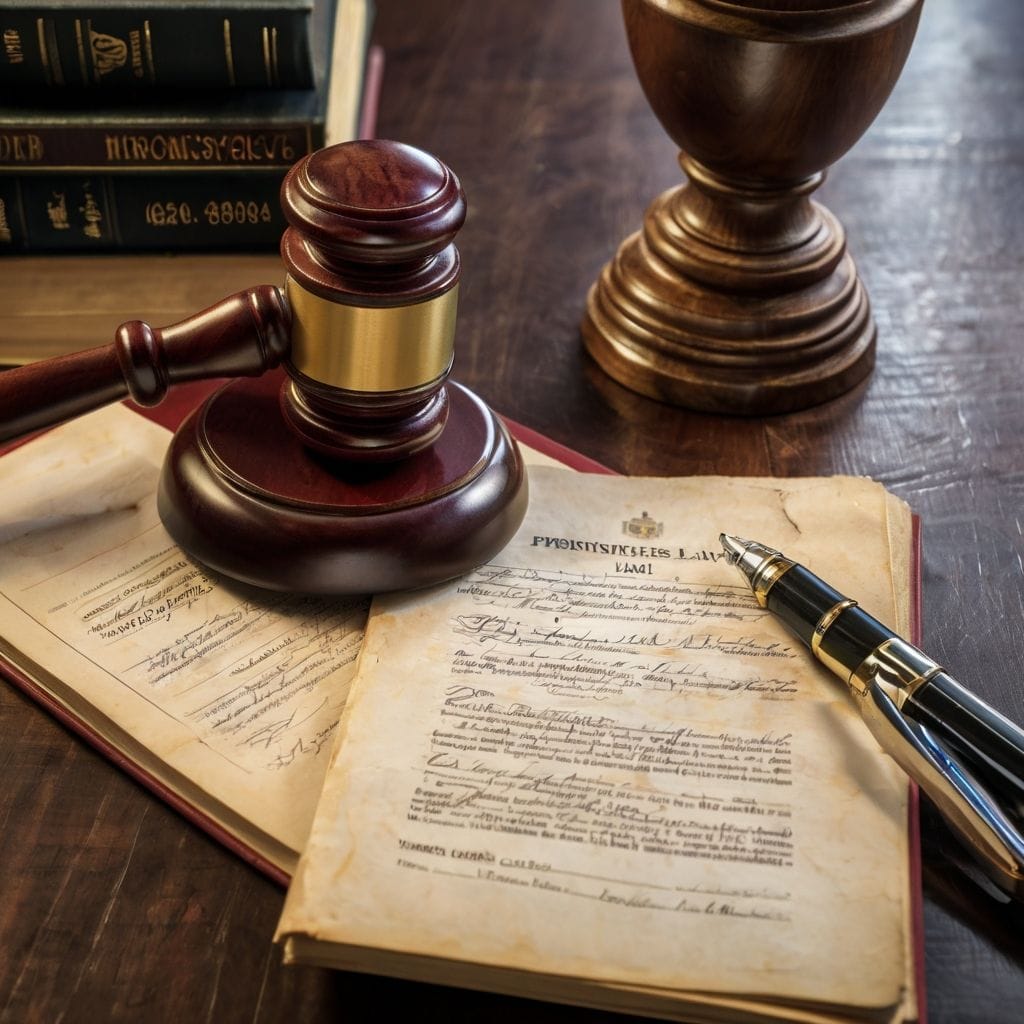
On 14 July 2025, in Binod Pathak & Ors. Vs. Shankar Choudhary & Ors., the Supreme Court made a landmark judgment reconsidering the role of procedural fairness under Order XXII Rule 10A of the Civil Procedure Code (CPC), especially in situations where procedural defaults risk stalling litigation because of non-substitution of legal heirs. The judgment emphasized the judiciary’s role in ensuring substantial justice over technical failures, especially those that are being taken advantage of by the parties for tactical ends.
Facts
The origins of the case go back to a suit for title (No. 106 of 1984) before the Sub Judge, Gopalganj, for declaration of title and recovery of possession of some lands. The trial court rejected the suit for lack of adequate evidence on the part of the plaintiffs. Not satisfied, the original plaintiffs (Binod Pathak & Ors.) appealed, and the First Appellate Court reversed the trial court’s ruling, directing recovery of possession and mesne profits in their favour.
Aggrieved by that, the original defendants (Shankar Choudhary & Ors.) filed a second appeal before the Patna High Court. Significantly, during the pendency of the first appeal, a number of respondents/defendants had expired, but their legal representatives were not brought on record. The High Court, observing the non-mandatory substitution under Rule 4 CPC of Order XXII, held the appeal had abated, set aside the appellate court’s judgment and dismissed the suit in full, rendering its finding on the basis of the indivisibility of the decree and non-joinder of necessary parties.
For any queries or to publish an article or post or advertisement on our platform, do call at +91 6377460764 or email us at contact@legalmaestros.com.
Arguments
Appellants (Binod Pathak & Ors.)
- Contended that the High Court erred by rigidly applying Order XXII Rule 4 and disregarding the more recently inserted Rule 10A, which places an affirmative duty on the advocate of a deceased party to notify the court and the opposite side about such death.
- Asserted that the defendant’s silence regarding the deaths during the first appeal was deliberate, allowing the appeal to proceed, only to later argue abatement when it suited their interest.
- Pointed to charts demonstrating that many deceased parties were only formal respondents, not substantive owners of the disputed land, and that wholesale abatement was unwarranted for these omissions.
Respondents (Shankar Choudhary & Ors.)
- Defended the High Court’s finding, asserting that without timely substitution of legal representatives, abatement operates automatically, and is fatal wherever the decree is joint and indivisible.
- Stressed that Order XXII Rule 10A does not override the abatement mechanism in Rule 4.
Judgment
After detailed analysis, the Supreme Court took serious exception to the High Court’s superficial handling of Order XXII Rule 10A CPC.
- The Court clarified that Rule 10A is not a mere formality, but a “salutary provision” that seeks to curb procedural miscarriage of justice. By inserting Rule 10A in 1976, Parliament mandated pleaders to inform courts of their client’s death, ensuring the adverse party is neither kept in the dark nor caught unawares about a material event that can affect the course of justice.
- The Supreme Court recognized that while Rule 10A does not prescribe a statutory penalty for non-compliance, equity demands that a party whose pleader fails in this duty cannot derive advantage from their own omission. The maxim ‘nullus commodum capere potest de injuria sua propria’ which means that no one should benefit from their own wrong was invoked. The bench emphasized that courts must not permit parties to profit from procedural ambushes or mala fide silence.
- The judgment further held that equating procedural abatement with a substantive right is misconceived. Abatement is a discretionary consequence. Courts are empowered to condone delays and set aside abatement, especially where ignorance of a party’s death is neither deliberate nor mala fide.
- Remanding the matter, the Supreme Court set aside the impugned High Court order and restored the second appeal for fresh consideration, directing the High Court to adjudicate the issue afresh within three months. If, in rehearing, the High Court finds the decree to be truly joint and indivisible, it must allow the plaintiffs an opportunity to file an application to set aside the abatement and to bring legal representatives on record, in the interests of justice.
Analysis & Impact
This judgment is important for multiple legal and practical reasons:
- Elevating Procedural Duty Over Tactical Benefit: The Supreme Court took a definitive stand that procedural justice must never subvert substantive justice, especially in instances where lawyers intentionally suppress information to orchestrate fatal technical defects in ongoing litigation.
- Emphasis on Professional Responsibility: By declaring the duty imposed on pleaders under Order XXII Rule 10A as vital, if not absolutely mandatory, the judgment signals to the Bar that the client’s demise must not be weaponized for ulterior litigation strategies. The ruling states that mere procedural default should not be harnessed as a sword to defeat just claims.
- Refinement of Equity Principles: The bench’s detailed distinction between the Latin maxims ‘ex injuria ius non oritur’ which means that no right arises from a wrong and ‘nullus commodum capere potest de injuria sua propria’ which means that no one can benefit from their own wrong sets a precedent in how Indian jurisprudence understands and applies these maxims within procedural law. The latter, rooted in equity is now explicitly linked with Rule 10A situations.
- Prospective Application: The decision directs all High Courts to be vigilant henceforth in cases involving abatement. Procedural strictness must be mitigated where good faith parties are at risk of losing rights due to the adversary or their pleader’s silence.
Conclusion
The Supreme Court’s ruling in Binod Pathak & Ors. Vs. Shankar Choudhary & Ors. is a strong reiteration that procedural necessities have to be utilized in furtherance of justice and not thwart it through technical means which could be at the mercy of litigants or lawyers. The procedural innovation of Order XXII Rule 10A CPC is seen as an equity-based protection, securing the integrity of civil litigation and placing reasonable ethical limits on the practice of law. In the future, this precedent will be a safeguard against such procedural abuses and a guarantee that courts, pleaders and parties alike act for true, not technical, justice.
Coram
Justice J.B. Pardiwala
Justice R. Mahadevan


